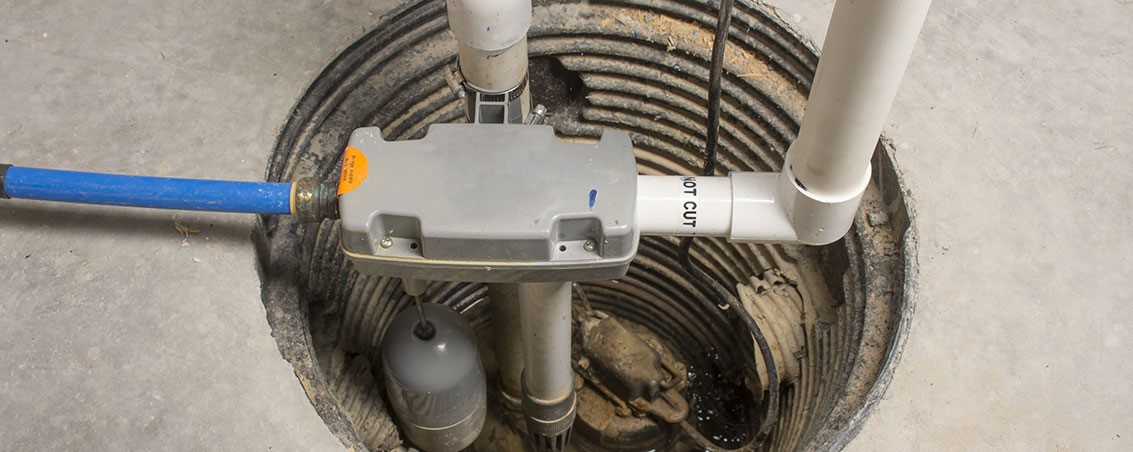
Call free:0800 612 7042
24 Hour:07949 733 244
Drain Testing
At Strathclyde Drainage we fully liaise with local authorities to ensure the correct installation methods are of the highest standard and by passing the legal tests required, there is an all-round understanding of the level of work and materials used to complete the job.
Air test (AT)
All newly-laid drainage, including manholes, inspection chambers and the like, should be tested for water-tightness prior to backfilling, as detailed in BS 8301(Code of Practice for Building Drainage) and BS 8005 (Guide to new sewer construction)*.
Under site conditions, a test is applied in the presence of a Building Control Officer or Resident Engineer once a section of drainage is completed, although the contractor/pipe-layer will normally undertake a test prior to the official inspection or during actual construction to ensure the drainage will pass; there's nothing more infuriating than having your work condemned as sub-standard!
Water Test (WT)
Leaking drains very often go undetected for years or decades, but if close to the building, the ground beneath the foundations can be weakened by the water, resulting in subsidence. It is for this reason that Surveyors may request a drainage report when they have seen cracking or other indications of foundation movement.
In these cases, a water, or hydraulic, test is required. This involves plugging the drain at the lower end, filling it up with water, and then waiting to see if it holds the water or if it leaks away. When the plug is removed, the water should flow away rapidly to indicate that the drain is not blocked. There may be several sections of the drainage, each of which will require testing separately.
Contact Strathclyde Drainage to discuss your requirements.
QUICK QUOTE
About Us
-

ONE
Glasgow
Based -

TWO
Experienced
Staff -

THREE
Reliable
Service


